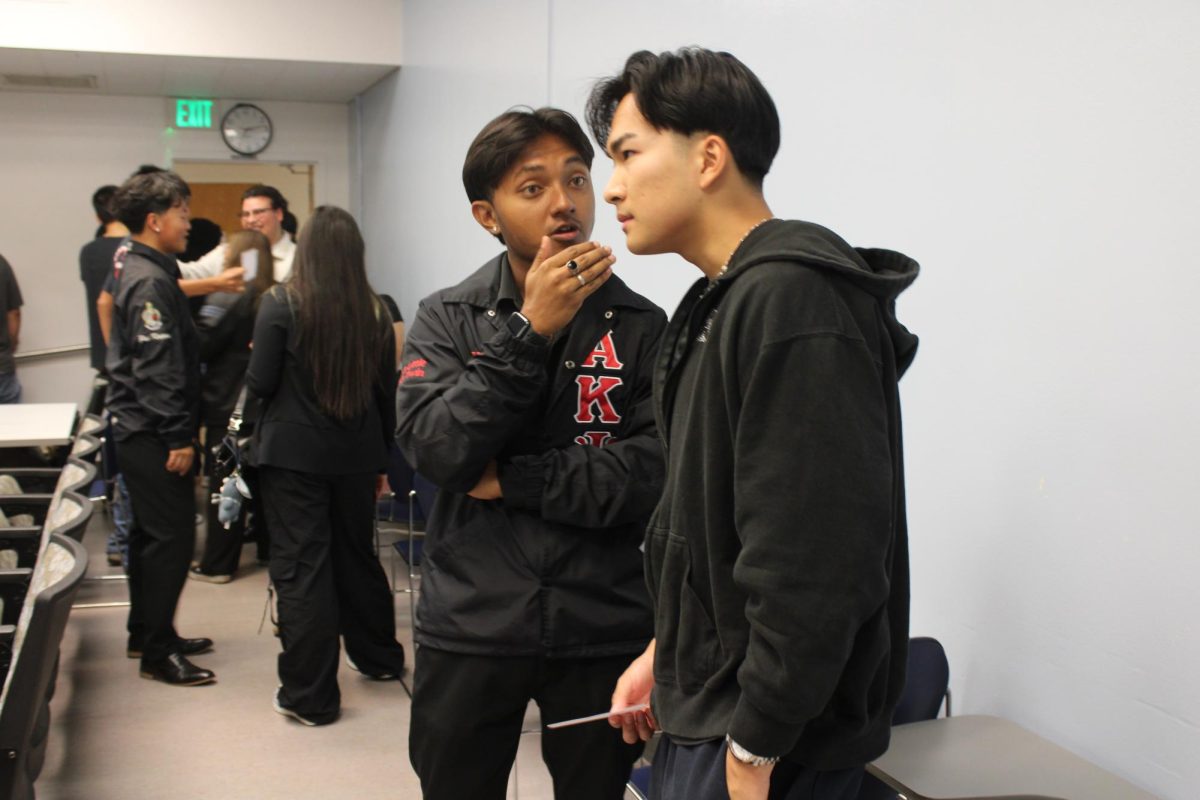As he works on a large scale, lavish mural project on the blight-ridden streets of West Oakland, artist Joshua Mays is approached by a local business owner. The middle-aged owner of one of the over forty liquor stores in the neighborhood asks Mays if he would be available to produce a mural running along the side of his store, an over fifteen-by-twenty foot area. After palpable hesitation, the man offers a couple hundred dollars compensation and bribes Mays with the exposure that he would get. Mays declines graciously, only to be to be lashed back at with outrage and a sense that he has just declined an opportunity of a lifetime.
“My rule number one is to never accept exposure as payment,” says Mays. “Too many artists rely on that potential exposure to be fair exchange.”
Raised in Denver, Colorado, Mays has spent eight years in Philadelphia, time in Mexico City and Puerto Rico, and some self-described nomadic years spent in and out of the Bay Area. The 38-year-old, living on his own with an in-home studio occupying one of his 2-bedroom apartment, moved permanently to Oakland two years ago following an exhibition he had at Oakland’s Old Crow art gallery, Mays has found a home in one of the state’s most prominently creative regions.
“California is just where there is more of a healthy cycle between money, commerce, and creativity and artist careers,” says Mays. “Our media is paying a lot of attention to the art scenes out here.”
Although The Golden State is known for and has long proven to be a place where many artists have honed there creative talents and been able to launch a career making a decent-to-wealthy living, the vast majority of artists are not given the same credit or compensation for their work that other occupations provide inherently.
San Francisco, the beloved city centered and built upon art culture, is now pushing artists out to make room for the rising tech domain and those making the wages within it. Just last year, over sixty tenants living in a building at 1049 Market Street, most of whom are starving artists and many who have resided there for decades, were sent eviction notices. The lofts just down the road from Twitter’s new headquarters, all affordably leased for under nine hundred dollars, were deemed unlivable and were to be made workspaces costing more than double the price.
But while gentrification in San Francisco has reportedly pushed artists out and into the East Bay, cities like Oakland, too, are becoming less financially available to those trying to make a living through their creative skills Oakland had the highest apartment rent growth in the U.S., at 9.1 percent this year and tied New York for the tightest occupancy, according to MPF Research, a Carrollton, Texas-based rental-housing market-analysis company. And unlike in San Francisco, landlords in Oakland are not even obligated through the Ellis Act to give their tenants move-out cash upon eviction.
As a self-taught painter, illustrator, and muralist, Mays sold his first commissioned piece in high school—fifteen dollars and lunch for a caricature illustration for a group domino tournament. That moment, however insignificant it may be now so many years into his career, contributed to Mays imperative perspective that his work holds value.
Mays, who has been fortunate enough to be able to make a decent living through his art, is urging other Bay Area artists to rid themselves of the preconceived notion that pushing for monetary payment correlates to one ‘selling out.’”
“They are easy to either throw you on the side of ‘you’re whoring yourself out’ or throw you on the side of ‘you’re just as corrupt as the bankers and the politicians who just want to extract whatever from their own greed’.”
In a day where one must spend many thousands of dollars for a legitimate full-sized tattoo, hundreds of dollars to listen to bands while quickly dehydrating in desert heat, people will pay no matter the cost. It is a flawed concept to treat these forms of art as a greater service more deserving of the public’s hard earned money.
Artists like Mays have been commissioned internationally because of how incredible his work is. People love to look at it, but do not actually support it. Creating murals for little or no commission is not worth the time for him anymore. The circumstances over the years have made Mays realize that he would rather just work in his studio and sell his original artwork through exhibitions, set fair prices for the immense hours of work he puts into his work every single day.
If looking at the broader sense of artistic industries compared to other career paths, there is again, no inherent average or scale to measure what is worth what. Mays likens this argument to a hypothetical situation where a third of a said city’s auto mechanics decide to give their services away for free.
“A ton of people would go to a guy who would do it for free and the whole industry would collapse,” says Mays. “I think that is what the artist’s community has to deal with all the time.”
Mays has come up with his own chart depicting what he believes is fair exchange of artistic services based upon years of experience and exactly what is being commissioned. According to this chart, with his experience and skill he should be paid upwards of five thousand dollars for a mural. His goal is to bring the self-esteem and confidence to the artists that he knows and to others in the future that they are providing a service, and that that service is not beneath everybody else in the world’s service and therefore deserves a paycheck.
Social media, from MySpace to the evolved Facebook, have been Mays’ chief marketing tools. He is able to connect with people and sell his work in ways that no other platform could provide. Because of their unsurpassed promotion abilities, they are also providing that much more competition within the art industry. People can make their own business to expose people from all over the globe to their artwork and to promote their art careers.
“The Internet is the new record labels and art galleries of the past,” says Mays. “I think that it puts so much power into the artist’s hands if the artist is willing to do it.”
The issue at hand is that artists are not being paid for their time and money. Yet the fact is that artists need to be more business savvy in their careers and use the marketing tools available to get commissioned work.
Also, at the same time, if making enough money to keep up with the cost of living in the Bay Area is what artists are searching for, picking and choosing clientele’s based on hatred of ‘the man,’ is not going to work. That will only hinder the capability to make a decent living and continue to grow artistically in the Bay Area.








